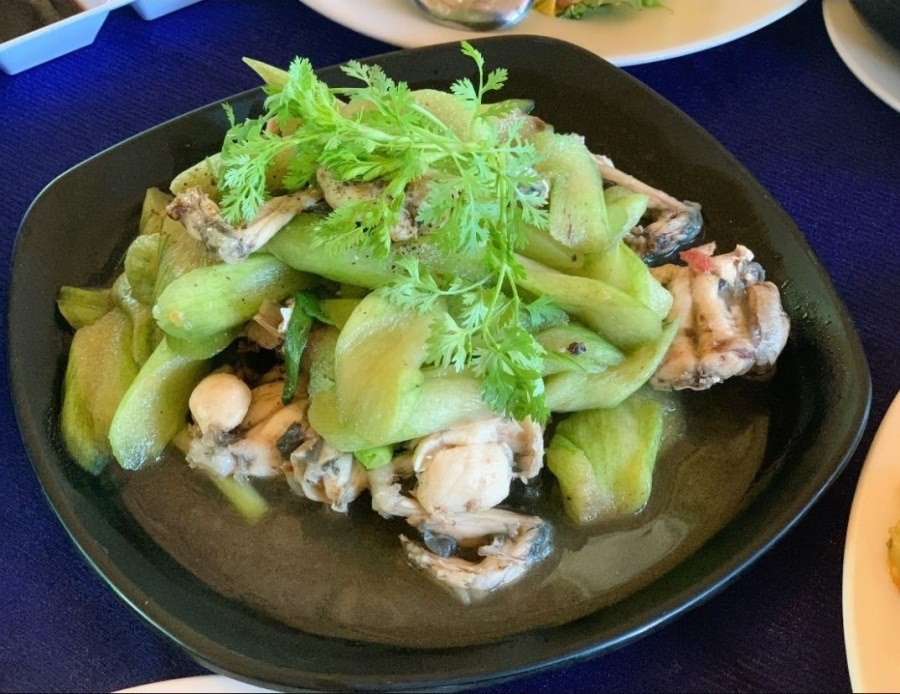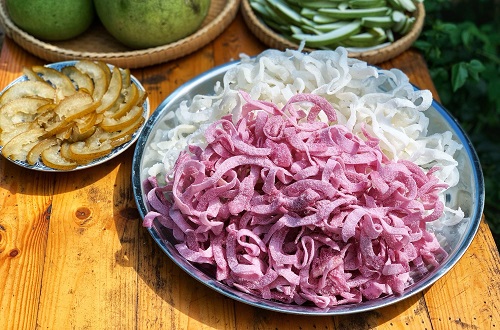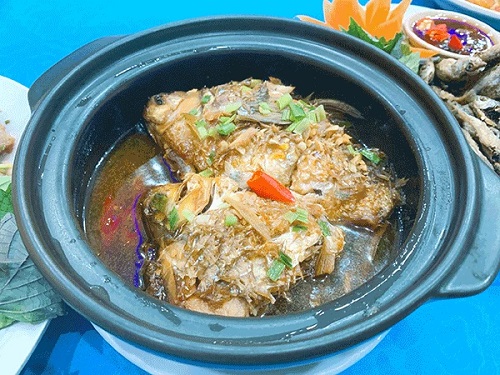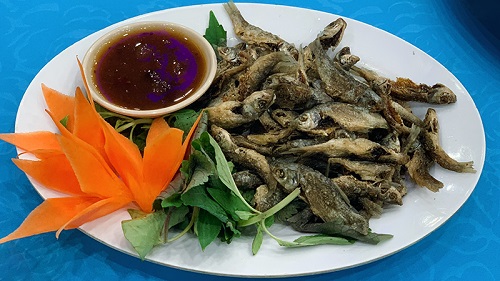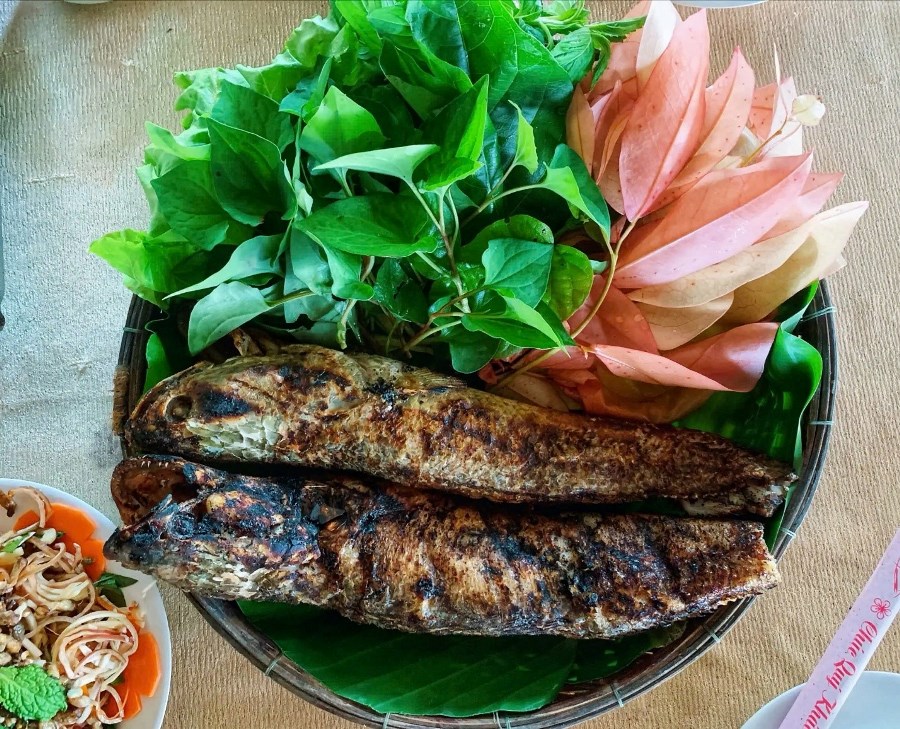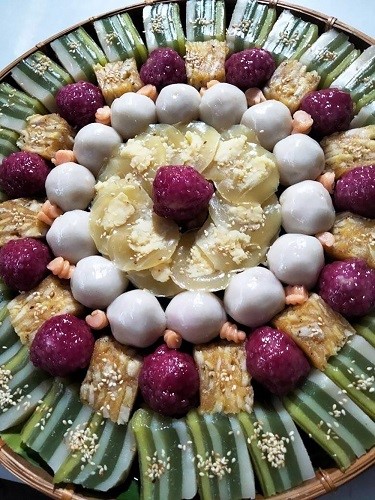
TasteAtlas’s criteria for voting are based on the popularity of dishes among food lovers around the world. “The traditional Vietnamese dessert consists of chewy layers that are typically made with puréed mung beans, tapioca starch, rice flour, and coconut milk or water. Traditionally, each cake has a pale yellow layer made with mung beans and a green layer that is flavored and colored with pandan leaves, while optional ingredients include durian or taro. Once steamed and chilled, the cake is usually cut into diamond shapes”, according to the site.
With the induction of pig skin cake into the 100 most popular cakes in the world, TasteAtlas has carefully surveyed and evaluated the influence of this cake. They also highly appreciated the taste and attractiveness of the dish.
We share this information with Ms. Trương Thị Chiều, also known as Chín Chiều, a famous Southern folk cake artisan in Binh Thuy district, Can Tho city. Although she is uncertain about the news, she is still very happy with the spread of this rustic dish. For her, it was unbelievable because she did not expect this easy-to-make, inexpensive cake could turn out to be so highly appreciated.
In fact, almost every Southerner has eaten pig skin cake once or many times. This dish appears in family and village events such as anniversaries, weddings, worship rituals, etc. Particularly, since the southern region has blossomed with community-based tourism, pig skin cake has become a common treat for guests.
According to artisan Chín Chiều, it’s quite easy to make pig skin cake. You need a bit of skill and care to make the cake beautiful and delicious. The main ingredients are tapioca flour, glutinous flour, coconut milk, puréed mung beans, pandan leaves, sugar, vanilla powder and so on. First, mix tapioca flour and glutinous flour following the correct ratio. Then add coconut milk and filter through a sieve. The batter is divided into two parts. The first part is mixed with smashed cooked mung beans. The rest is mixed with pandan extract for a nice green batter. Finally, it is steaming - the most difficult and time-consuming step. Before steaming, one should cover an oil layer inside the mold so that the ingredients do not stick. A layer of pandan leaf mixture (each layer is about 1-2 cm thick) is poured into the mold, with the mung bean paste coming right after. The process is repeated in the right order until the dough becomes harder. When the last layer is finished, you should wait for the cake to cool down before removing it from the mold. You can poke the center of the cake with a chopstick and see no batter spilling out, it is done. Once steamed and chilled, the cake is typically cut into diamond shapes for people to enjoy. To suit your taste, you can decide the thickness of the cake, but usually about 3 layers of pandan leaf mixture, 2 layers of mung beans mixture
One more thing, the cake should not be cut with a knife as it may be break or stick to the metal surface. We had better use a string or thread to cut the cake gently and quickly as the fragile surface will be kept intact while the cake is divided into smaller pieces as you want.
That is my secret method of making pig skin cake. This way will make the cake soft and fat but not greasy and the layers are perfectly connected. Now, modern pig skin cakes have different colors layers from mixing with other ingredients such as beetroot (purple), gấc fruit (orange), butterfly pea flower (blue), mung beans (yellow), etc. There is also a skillful craftsman who pours only 2 layers of pandan leaf mixture with 1 layer of mung beans mixture in the middle and then while the cake is still hot, cut into pieces, curled up like a flower.
TasteAtlas' recognition of pig skin cakes shows that our country's cultural and culinary values are very rich. This is also an abundant tourism resource, which, when well exploited, will be attractive tourism products, especially for international tourists.
TasteAtlas put several other Asian cakes on the list, including Bublanina and Kue putu (Indonesia), Kuih lapis (Malaysia), Bibingka rice cake (the Philippines), and Japanese cheesecake.
Source: Can Tho News - Translated by Hoang Dat








